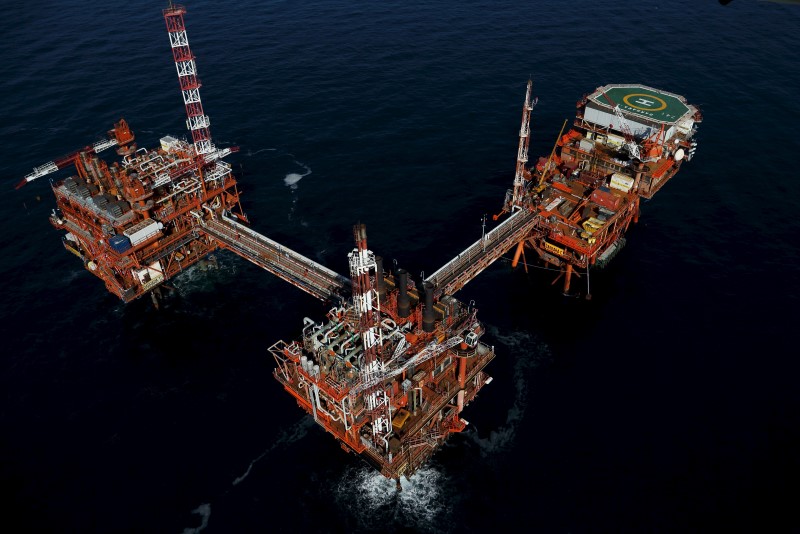Walmart halts H-1B visa offers amid Trump’s $100,000 fee increase - Bloomberg
Investing.com-- Oil prices fell sharply Monday, extending recent declines after U.S. President Donald Trump doubled-down on his recent trade tariffs, ramping up concerns over slowing economic growth and weakening demand.
At 06:35 ET (10:35 GMT), Brent oil futures fell 2.8% to $63.76 a barrel, while West Texas Intermediate crude futures fell 2.9% to $60.17 a barrel.
Both contracts have fallen to their lowest levels in four years, plunging over 10% last week, including 6% on Friday, as China ramped up tariffs on U.S. goods, escalating a trade war that has led investors to price in a higher probability of recession.
Trump doubles down on tariffs
President Trump told reporters late Sunday that markets will have to treat the tariffs as “medicine,” and that he had no plans to back off on his tariff plans.
The U.S. President said the tariffs were aimed at fixing the U.S. trade deficit with other major economies, and will remain in place until the deficit is “cured.”
Top oil importer China is also expected to be the worst hit by the new tariffs, which amount to a cumulative 54%.
Beijng retaliated against Trump’s duties with 34% tariffs on all U.S. imports, while also decrying Trump’s tariffs and threatening more measures.
"The scale of the sell-off suggests the market is pricing in a significant demand hit as recession fears grow. Current price levels imply a demand hit in the region of 1m b/d for the remainder of this year, which would leave oil demand flat year-on-year," said analysts at ING, in a note.
Goldman Sachs on Monday forecast a 45% chance of recession in the U.S. over the next 12 months and made downward revisions to its oil price projections. JPMorgan said last week that it sees a 60% probability of recession in the U.S. and globally.
OPEC+ to increase supply in May
Sentiment in crude markets has also been hit hard by the announcement that several OPEC+ members plan to increase production in May, catching markets off guard and raising concerns over even greater supplies in the coming months.
"The statement indicates to us the group still sees oil demand growth as being healthy," said analysts at UBS, in a note.
"There’s [also] the seasonal element. Demand typically rises during the Northern Hemisphere summer due to increased mobility and higher oil
demand for cooling purposes in the Middle East as temperatures in the region rise. And third, the compensation cuts of countries that have overproduced
in the past are likely to be brought forward to May, in our view. This should also limit the effective production increase for the month."
That said, Bank of America noted that "if supply/demand balances weaken by over 1mn b/d in the in the coming quarters, Brent could even drop to $50/bbl for a few weeks in a worst case scenario."
Additionally, "the Saudis also decided to cut their official selling price for their Arab Light grade into Asia for May loading by US$2.30/bbl – the biggest cut since 2022," ING added.
JPMorgan looks for $50/bbl by 2026 end
Oil prices could fall to $50 per barrel or even lower, as global supply continues to outpace demand and the U.S. administration prioritizes lower energy costs, JPMorgan strategists warned.
The Wall Street bank expects oil markets to remain in surplus through 2026, with Brent prices averaging $73 in 2025 and dropping to $61 in 2026.
It forecasts Brent to end this year at $64 and fall below $60 by the end of 2026, assuming Saudi Arabia and Russia hold production steady under the current OPEC+ agreement.
The outlook reflects both fundamental market conditions and political signals from Washington.
(Ambar Warrick contributed to this article.)
